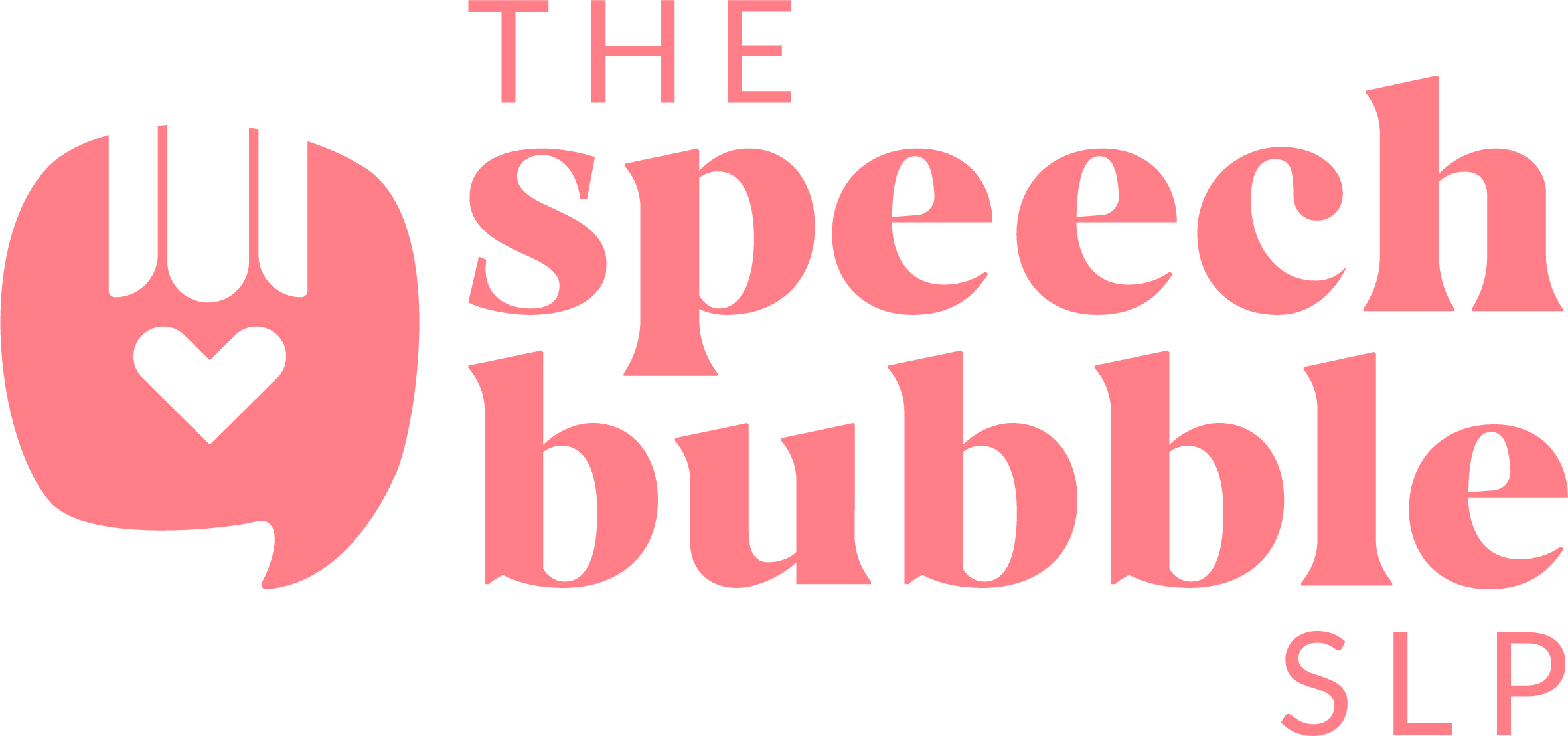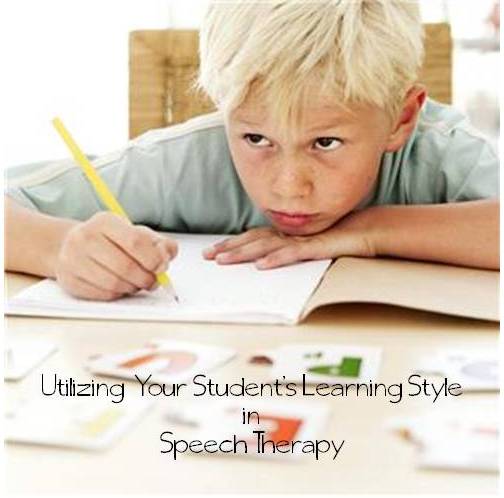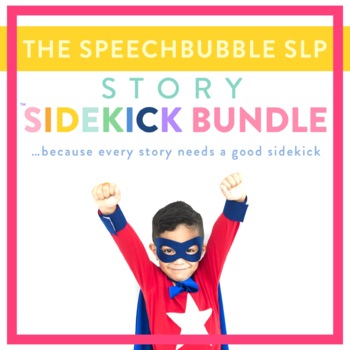How many times have you heard someone say, “I’m a visual learner” or “I need to do it to understand it “. These are styles of learning. Depending on what research you find, there are 20, 16, 7, etc… types of learning. Among those styles of learning, I have seen a trend of 7 to be the most common: visual, aural, verbal, physical, solitary, social, and logical. While some people can strictly use one style of learning, most are a combination. So let us take a closer look at these learning styles and how we can incorporate them into our speech sessions.
1) Visual (Spatial). People who are visual learners learn best when pictures, images, and spatial understandings are used. A lot of our students tend to be visual learners. They benefit from color coding, picture schedules, and graphic organizers to help understand material and process information. Students who are visual learners may benefit from using a story with pictures when addressing listening comprehension or photos of actions being done when working on verb tenses.
2) Aural (Auditory). Those who are aural learners do best when sound (speaking), music, or rhythms are used. These students may remember something best when it is put to a familiar tune or rhythmic pattern. Tapping or clapping out concept/word meanings can be used to help them improve storage and retrieval of information.
3) Verbal (Linguistic). People who are verbal learners prefer to talk out their questions and thoughts to understand. These are the students who may take the ‘long way’ to answer a question because they are ‘talking’ out their thought process. Give them time and listen closely as they explain. Does their explanation make sense? Is there a logical sequence to their thought process? If you are having trouble determining if they are truly understanding, have them write down ( in quick points ) or draw their thought process out as they explain it.
4) Physical (Kinesthetic). Those who are physical learners, learn best by doing and feeling, rather than seeing and hearing. These students can benefit from crafts and activities that relate to their speech and language goals. These students may benefit from performing actions when working on verb tenses or basic concepts/following directions.
5) Logical (Mathematical). People who are logical learners do best when material is presented in a direct, no fuss manner. They pick up on patterns quickly which makes them stronger with numbers ( math ). When presenting speech and language concepts to logical learners, try and pair the concept with a real-life, relatable example and keep everything as straight forward as possible. If you are targeting pragmatics, emphasizing expected lunch room conversation and behavior, you may choose to have your session in the lunch ( if possible ) and create the situation you are attempting to address. Be sure to give clear direction and explanation, for example: “Your friend has your favorite cookies in their lunch and you want some. It is rude to take without asking, so if you want some you need to ask politely. Can you show me how to do that?”.
6) Solitary (Intrapersonal). Solitary learners prefer to study alone and teach themselves when possible. These students may say they understand a concept when they don’t in order to allow themselves time to look at and process the information in their own way. When introducing a new speech and language concept or area, give these students time to examine the information themselves. This may be difficult due to the length of sessions, but try to provide them some time, at least 5 minutes. Once they have had time with the material invite them to explain it to you. This will allow you establish their understanding.
7) Social (Interpersonal). Those who are social learners prefer to learn within groups and do best when they can bounce ideas of someone. They do well communicating verbally and non-verbally with others. Students who are social learners may enjoy ‘teaching’ a fellow student a concept they are working on. This will require them to focus and understand their own goal in order to ‘teach’ the other student.
How to Determine Learning Styles
Now that you have some background about some different learning styles, how do you figure out which of these profiles fit your students? Depending on their age there are a few options.
Early Intervention: Just because your clients are young doesn’t mean they don’t lean towards a particular learning style or two. Parent questionnaires and your observations can help to compile information about how to set up your sessions to be engaging and productive while presenting material that fits their learning style. Babyzone has an online quiz for parents to help gather information about what style of learning their little one may prefer.
Elementary: For elementary students, trial and error and parent questionnaires may be used to gather information. Since elementary students are younger and still learning about themselves, getting insight from parents will probably be the most reliable source of information. Once collected, it will allow you to test out some methods in your sessions to find what works best and what doesn’t. Scholastic has an online questionnaire for parents to fill out about their child’s learning style, just make sure the age parameter is set correctly for the child.
Junior High: These students are a bit more mature than elementary, and have had the time and experiences to hopefully learn a bit more about themselves. You may be able to have students fill out basic learning profile questionnaires or quizzes with you. Piedmont Education Services and Edutopia both have short questionnaires that students can fill out with you. Then you can discuss what the results indicated and if the student’s agree. They may even be able to give you suggestions about what they think may help them.
High School: Oh high school students. If you work within this setting I am sure you have been informed how they already know how they can and cannot learn what works for them and what doesn’t. Allow them to humor you and take another look at their learning style. Accelerated Learning has a 35 question quiz to see what learning style characteristics your high school students demonstrate. Who knows, they may learn something new about themselves. I would also suggest including them in discussions about how to target their learning styles.
Resources used:
http://www.edudemic.com/2012/11/styles-of-learning/
http://www.ndt-ed.org/TeachingResources/ClassroomTips/Learning_Styles.htm
http://www.learning-styles-online.com/overview/
http://kids.lovetoknow.com/wiki/Learning_Style_Test_for_Children





















2 Responses
Learning styles theory has been thoroughly debunked. Please update your knowledge base. The contents of this article are not evidence based practice.
Hi :). You’re right, the theory of learning styles has had research come to share that these particular thoughts aren’t as potent as we may have thoughts. However, many kids still characterized themselves as a certain type of learner which also gives us insight into what modes of presentation they may feel most successful with. So, even in just using the information for fun, it can help gain insight into our students.